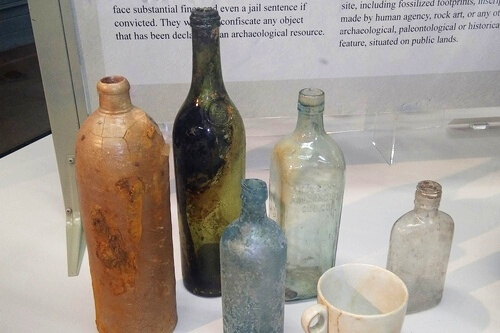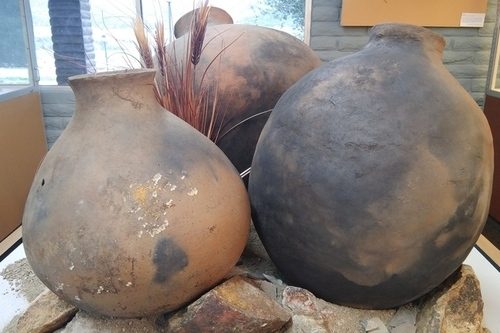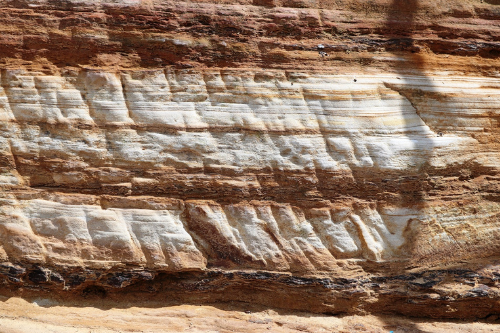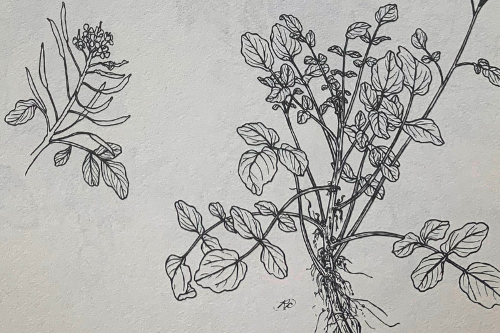
The Wonderful World of Medicine
The Wonderful World of… is a monthly blog focusing on some of the many themes, concepts, and sub-disciplines related to the fascinating world of Southern Californian archaeology.
Indigenous Medicine
Before Europeans invaded and colonized Southern California in the sixteenth century, the Indigenous peoples in the region had been here for thousands of years. Their knowledge and traditions are still passed down from elders today. Ethnobotany, or the study of plants and their uses in a specific region through the traditional knowledge of local cultures and peoples, enhances our understanding of the use of native plants in prehistoric and modern Indigenous medicinal practices.
Examples of Medicinal Plants
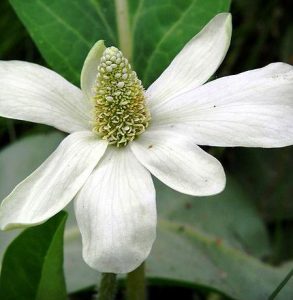
The use of herbs and plants by Indigenous cultures in Southern California as medicine varies widely. Many plants have multiple purposes and are cultivated for more than just their medicinal properties.
The Yerba Mansa plant is widely accepted as an herb that has medicinal and antiseptic properties in its roots, leaves, and flowers.

The leaves from wild lilac have been used in conjunction with cascara leaves to treat poison oak.
Learn More
Traditions, processes, and practices have been passed down and many of these ancient native herbs and plants are still commonly in use today. Read about the Kumeyaay plant world and find additional resources on the history and culture of the Kumeyaay peoples.
Medicine During the Spanish and Mexican Colonial Periods
The occupation of Southern California by the Spanish and then the Mexicans brought diseases to the Indigenous peoples that they had not previously known. By rule, the missions and presidios had what were referred to as “surgeons” but like most others during this time period, they lacked the skills of today’s surgeons. Unfortunately, modern medicine had not developed during this time, and many people lost their lives.
Medicine in San Diego
Even through the nineteeth century, advancements in medicine were slow to advance. According to the San Diego History Center historic records, the first United States doctors in San Diego were Army surgeons arriving in 1846. They did not remain and left as the troops did. The first American doctor in San Diego is thought to be Frederick J. Painter. San Diego’s first hospital was a repurposed jail in Old Town and then moved to a large house around 1869. To learn more about early physicians in San Diego, visit San Diego History Center’s website.
Medicine in the Archaeological Record of San Diego
Archaeology plays a role in our knowledge of the development of medicine in San Diego by providing evidence in the form of historic artifacts. These artifacts are used in conjunction with written history and documentation to give a more complete story of medical developments over time.
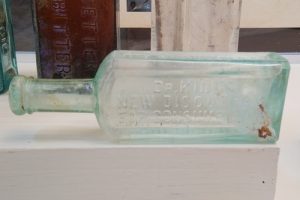
We know that before the invention of antibiotics, many doctors of the time were prescribing patent medicines called “cure-alls”. Bottles of these “cure-alls” are discovered at a site and then dated, providing further information about what medicine was being used in San Diego and when. Many “cure-alls” are now known to have been incredibly dangerous, some with ingredients like morphine and chloroform. These were widely used and accepted by Americans until the Pure Food and Drug Act passed in 1906, when most of them became illegal. For some perspective, we know that in some of the impoverished areas in San Diego, sewer systems and trash disposals were slow to improve. Some neighborhoods did not have these basic sanitary measures in place until 1911. Higher concentrations of certain medicinal bottles in an area can inform archaeologists about the socioeconomic status of the site.
Like the “cure-alls”, cod liver oil had a false reputation as an effective treatment for consumption (tuberculosis) and it was incredibly popular. Cod liver oil did contain vitamins A and D, which may have been found to improve the health of some but by the 1920s, with the discovery of germ theory and vitamins, its use waned.
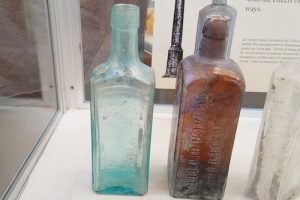
Early medicine seemed to be more of a learning process than a solid science. Antiseptic bottles are also found and we know that these too were not entirely safe for use. Many were made using iodine, carbolic acid, hydrogen peroxide, percloride of mercury, sodium hypochlorite, boracic acid, salicylic acid and other sometimes toxic ingredients.
Alcohol was a common ingredient in many early medicines. Dr. J. Hostetter’s Stomach Bitters emerged on the market in 1853 and was widely used as a medicinal tonic. The bitters contained forty-seven percent alcohol, and it was so popular that at one time over 6,000 bottles were sold daily in the US and other countries.
Development of Modern Medicine
The world wars played a large role in the increase of medical practices and techniques in the United States. When the country built their military force, health was a top priority. Leaders knew that the sick and wounded soldiers would need treatment on and off the battlefield and so the developments followed quickly to ensure that the wounded would have a chance at survival. Physicians and scientists were able to learn and experiment on large scales that had not previously been available to them.
Conclusion
The seventy years that have followed have seen incredible developments and advancements in the field of medicine. Research continues to move the science behind medicine forward and create advances that would have been thought impossible in the early twentieth century.
by Jessica McPheters, Collections Manager


